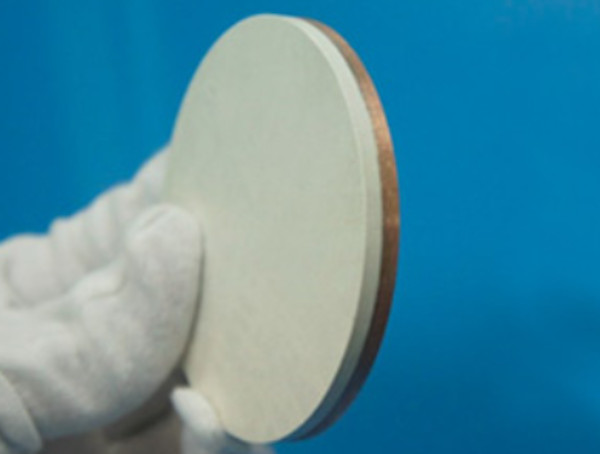
A comprehensive range of sputtering materials and sizes available

Micro machined components in strategic materials such as molybdenum, tantalum, titanium and niobium
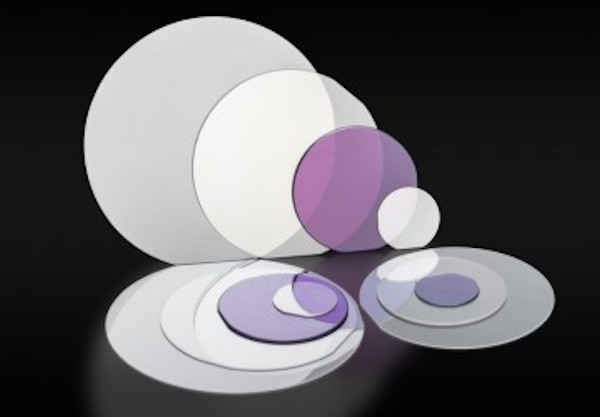
Garnet crystals and substrates for epitaxy
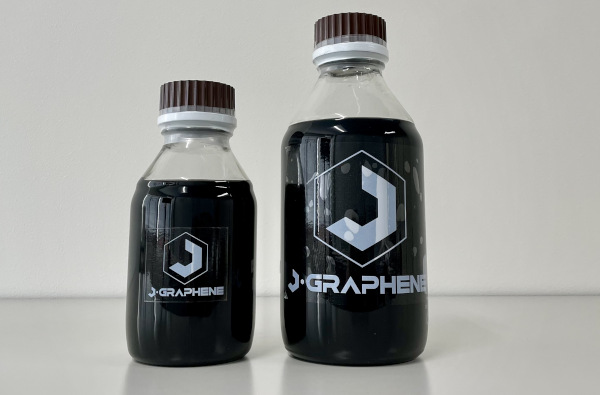
J-GRAPHENE is ahigh quality, low defect graphene dispersion

Czochralski (Cz) and float zone (Fz) for a large range of semiconductor applications
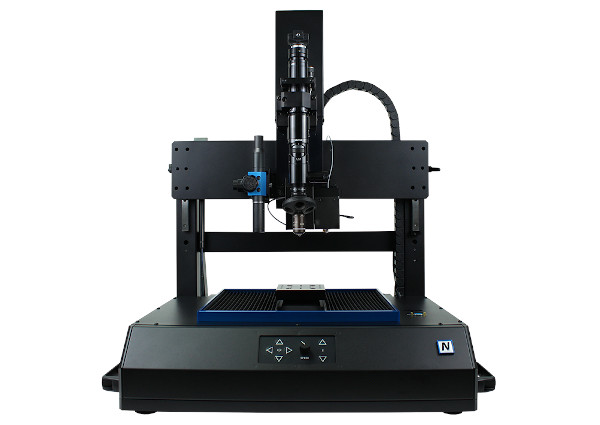
Scratch, indentation and wear testing all on one tool at nano and micro load ranges
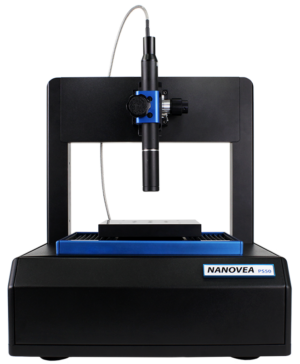
3D non-contact profilometers for collecting and analysing sample height data

Robust, modular, and powerful pin on disc tribometers
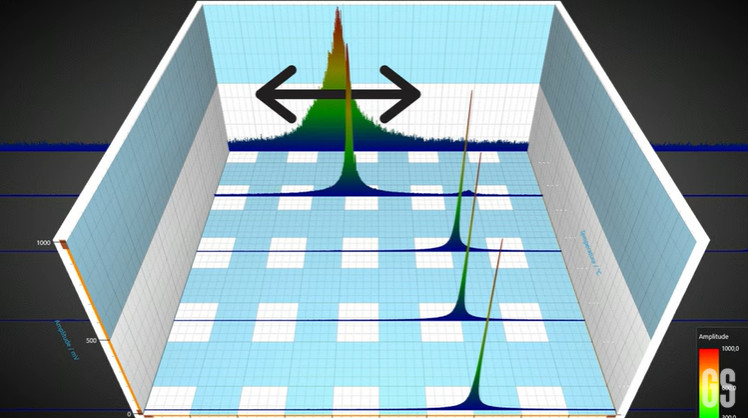
Non-destructive measurement of internal material properties

Advanced 3D optical measurement solutions for quality assurance in production

Non-contact technology measuring real time strength and direction of electrical currents
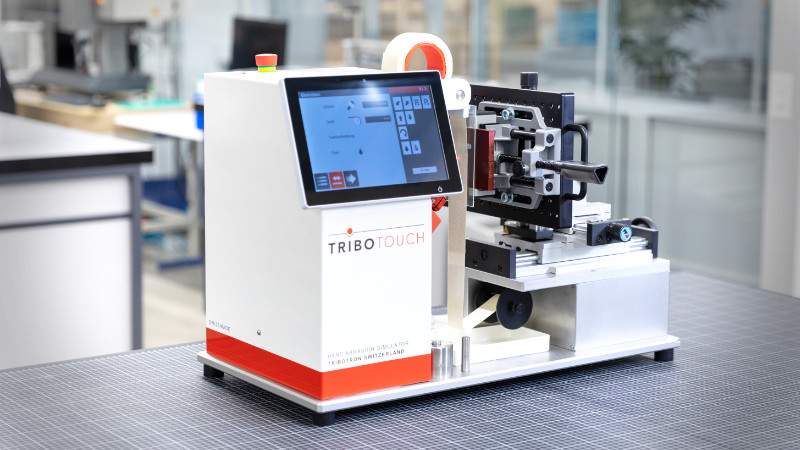
Reproducing the wear interaction between a surface and the human finger
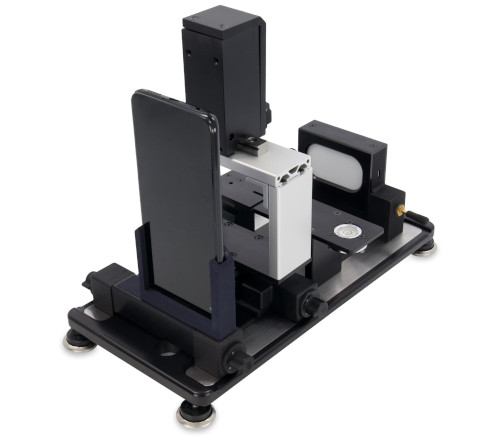
Measurement of surface tension between liquids and solids
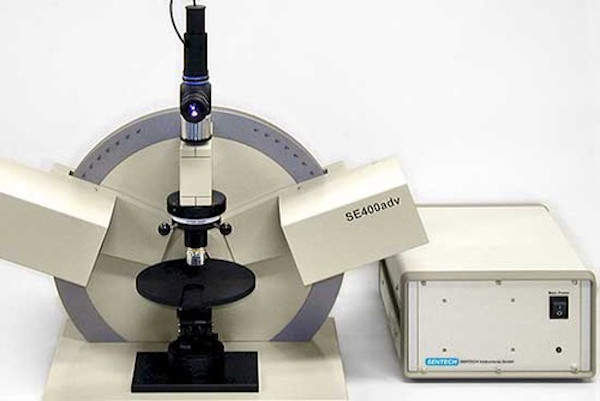
Determining thin film properties by change in polarisation of light
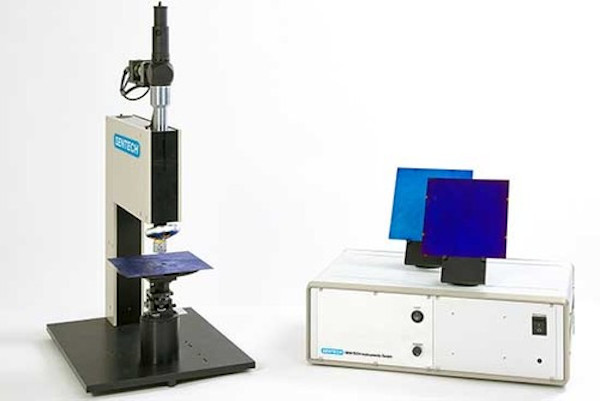
Measuring thin film properties by reflection

Tribology testing in ambient or tailored environments

Real life testing of finished products in respect of resistance to hand abrasion
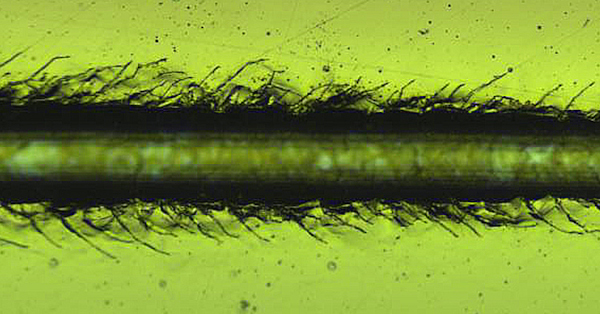
Scratch & indentation for hardness, elastic modulus, adhesion, cohesion plus more
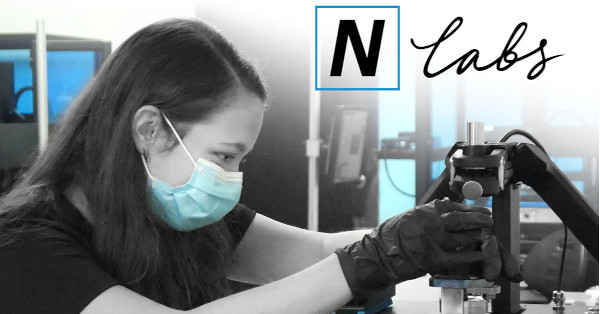
Gain a deeper understanding of your materials
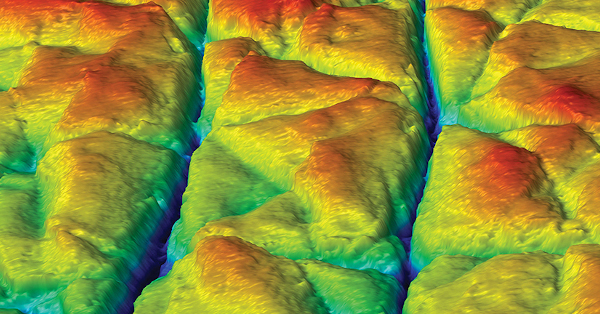
Measure surface roughness, form, profile, finish plus more

Low damage plasma enhanced chemical vapour deposition
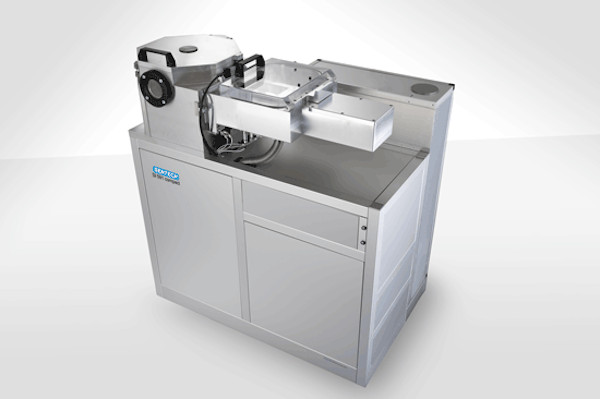
Low damage etching and nano structuring
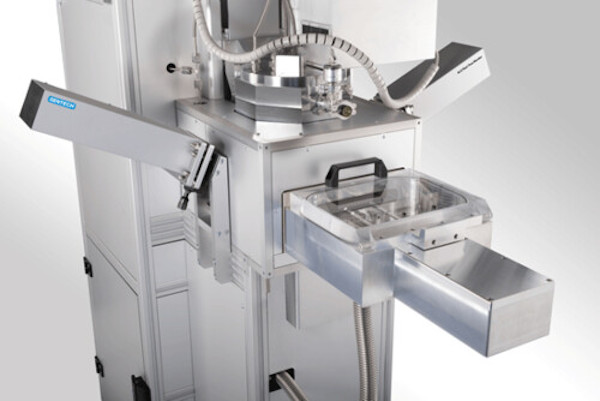
Deposition of layers in the nanometer scale
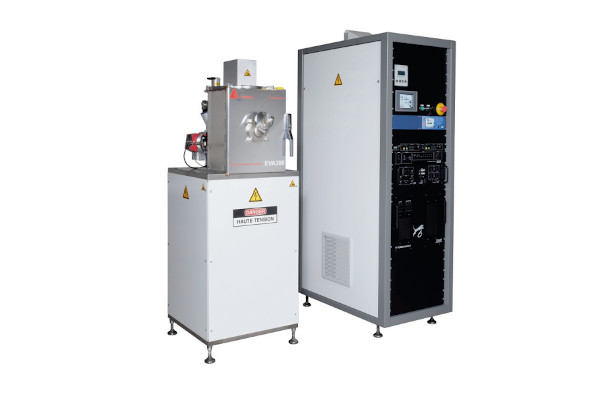
Deposition of coatings by the vacuum evaporation technique
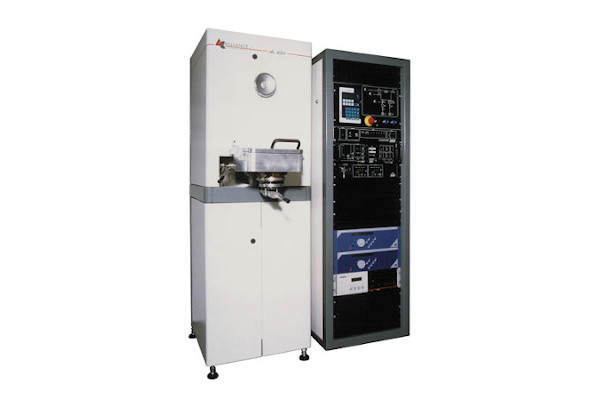
Deposition of coatings by the sputtering technique
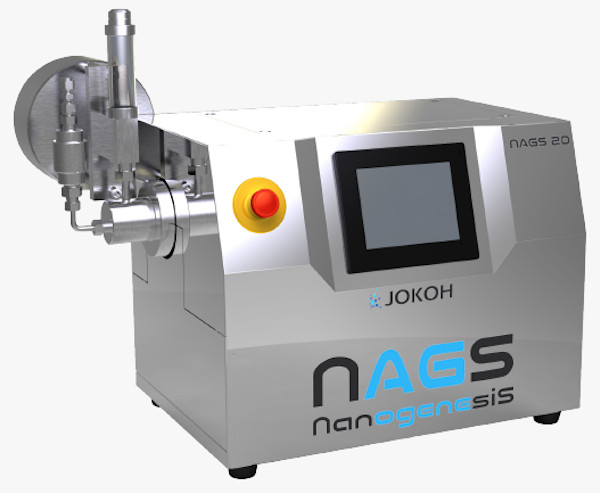
The dispersion, mixing, pulverization or emulsification of materials
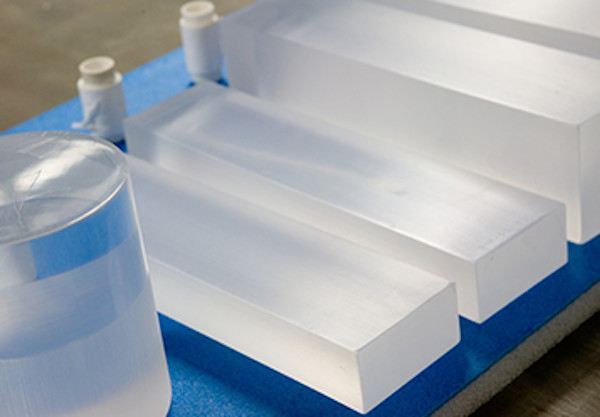
Scintillator materials grown in crystal form
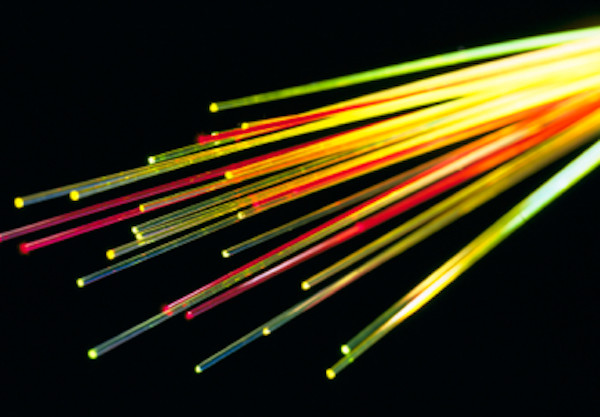
Scintillator material in organic form
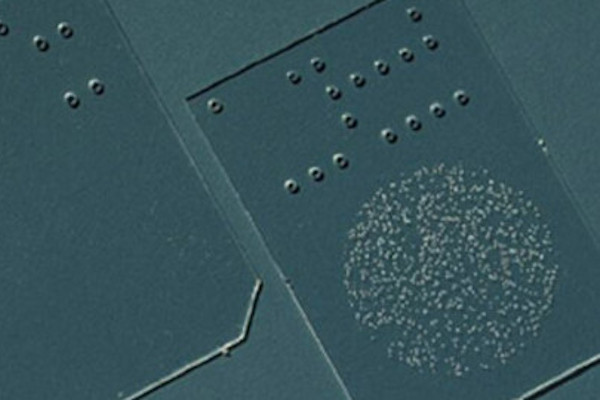
Materials for the measurement of radiation dose
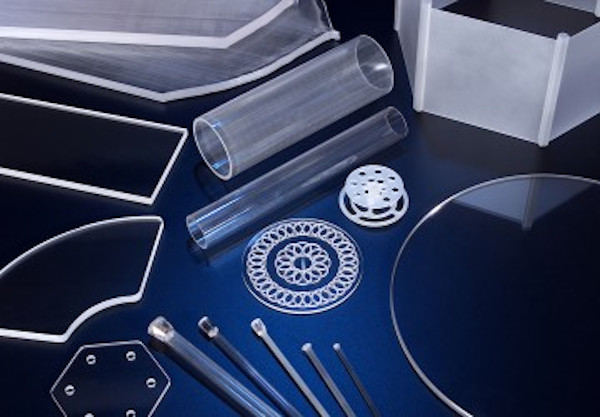
Sapphire in sheet, tube, rod and component form
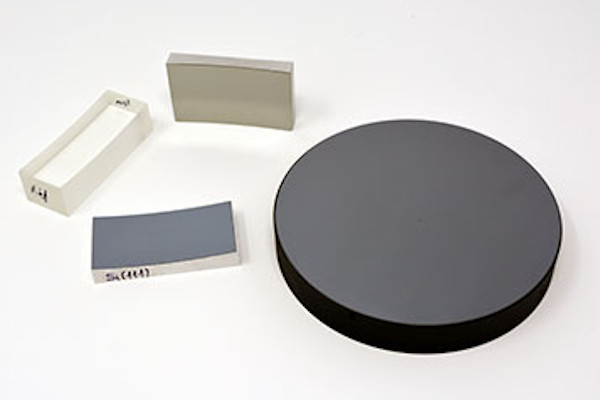
LiF, Quartz or SiO2, InSb, Si, Ge, PET, ADP, Beryl, TlAP, RbAP, KAP and CsAP
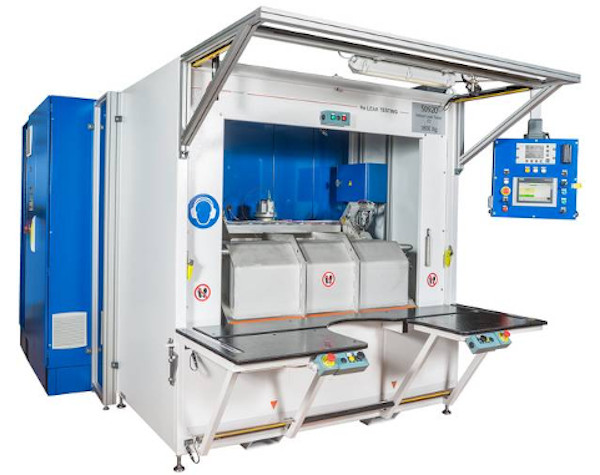
Bespoke leak testing systems for small or large parts

Superb optical stability and unsurpassed shock and vibration resistance
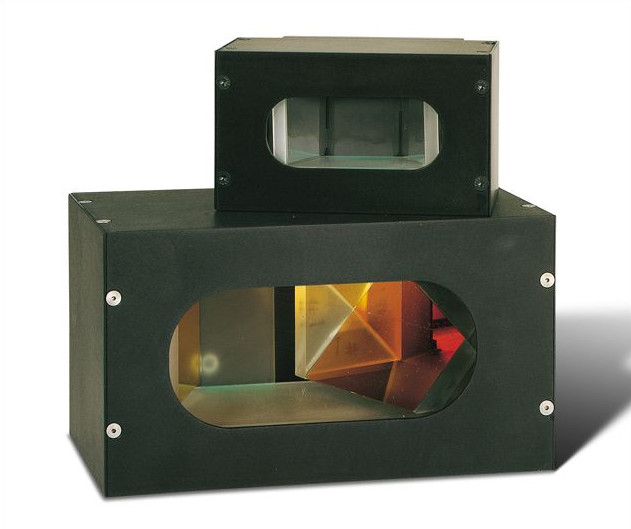
The performance of a penta prism with more control and wavelength transmission

Beam alignment where three or more optical axes are required

Two-mirror optical assembly arranged at a 90-degree angle
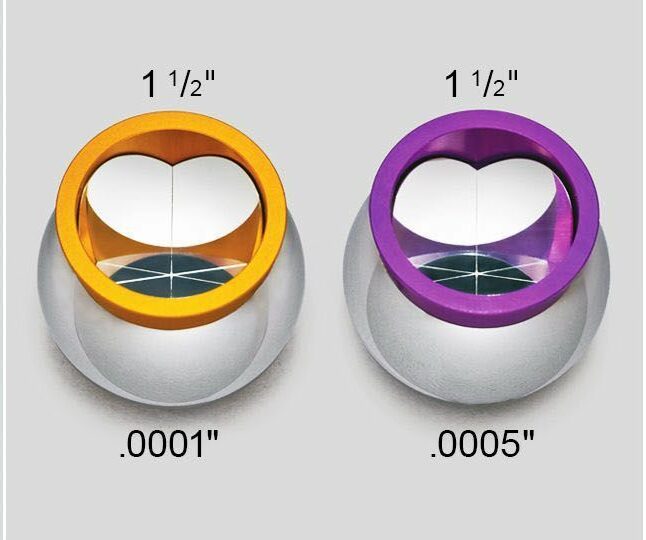
Ball mounted hollow retroreflectors

Reflects light back towards it’s source with minimal scattering

A comprehensive solution for laboratories using several types of microscope and profilometer

Benchmark technology for 2D and 3D surface texture analysis and metrology, seamlessly integrates with profilometers and other surface measuring equipment
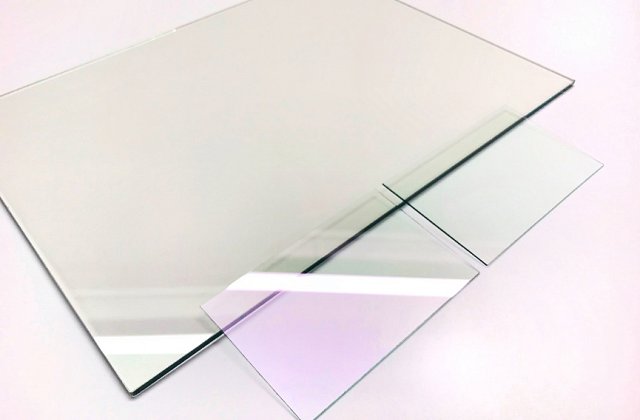
Conductive coating on one side to prevent EMI/RFI
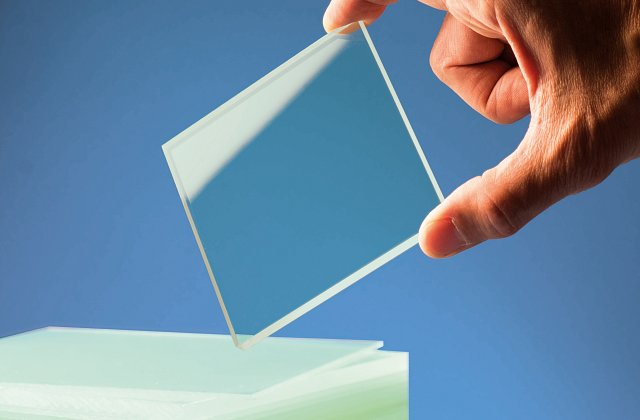
Plastic optical filter with broadband AR coating on both sides
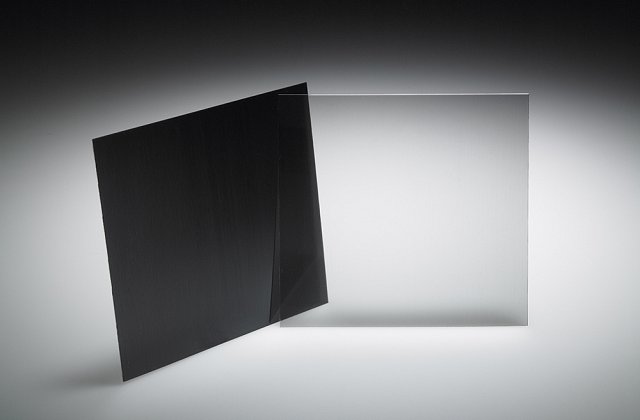
Privacy Glass & Light Control Film

Our Impulse Excitation Technique lab testing service is offered in partnership with GrindoSonic Belgium. Using their non-destructive Impulse Excitation Technique tools we are able to measure the internal mechanical properties of bulk materials and finished parts. Properties measured include Young’s modulus, Shear modulus, Poisson’s ratio, Damping capacity and Porosity indicators.
Standards-based and repeatable, IET is described in ASTM E1876, C1259, C215, E3397 and more.
Urgent expedited testing is available on request.
Contact us today to discuss your needs.
Founded over 50 years ago, and with over 2000 systems installed worldwide, Grindosonic is a recognised market leader in non-destructive testing based on the Impulse Excitation Technique (IET). Grindosonic prides itself on state of the art equipment that is easy to use and that is backed up by excellent service.
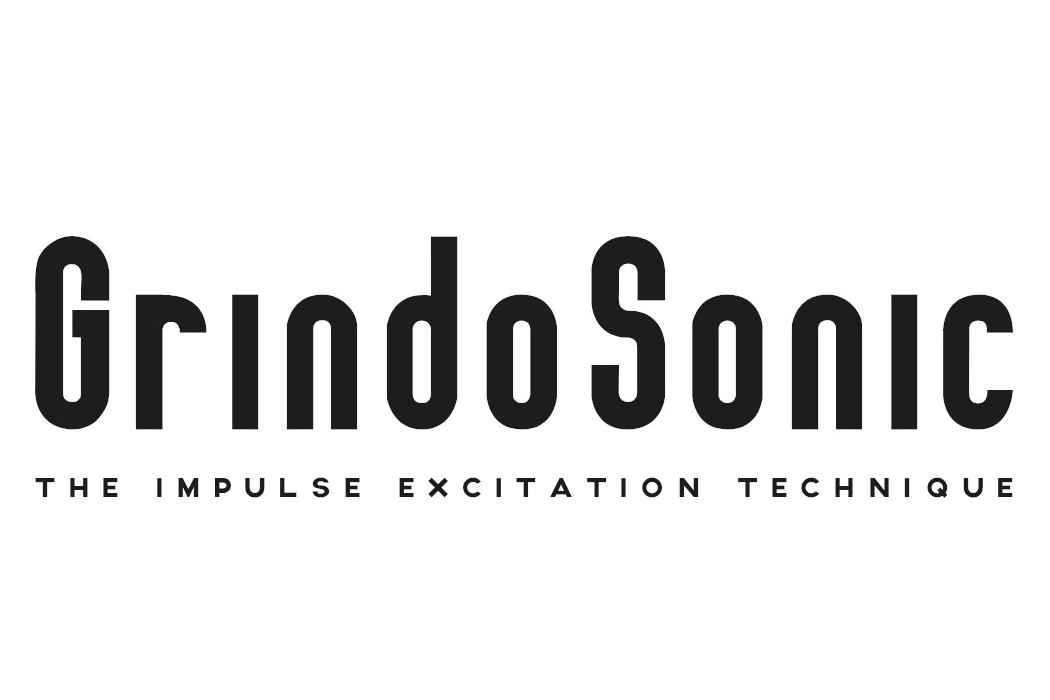
A gentle tap excites the material – this can be manually or automatically applied.
Resonance vibrations form inside the part.
Frequencies and damping are measured and converted into elastic properties such as:
Precise and accurate measurements with absolutely no damage to the part.
Standards-based and repeatable, IET is described in ASTM E1876, C1259, C215, E3397 and more.
Core applications for the Impulse Excitation Technique include:
| Materials Characterisation
In R&D, the ability to understand internal material characteristics without damaging your sample is priceless. The GrindoSonic MK7 tool measure Young’s and Shear modulus, Poisson’s ratio and Internal Friction of materials in a fast, accurate and non-destructive way. Researchers can either test directly on finished parts, or where suitable they can make identical test-bars out of different materials and then easily compare based on the resonant vibrations measured inside the bars using the GrindoSonic tool. |
 |
| Ageing, Fatigue Testing
Because samples are not damaged during testing they can be tested time and time again. This is highly useful in applications where the evolution of material properties over time is critical. This could be used where a researcher wants to understand how a material ages over time, or when repeat testing parts to understand how they fatigue in real world situations.
|
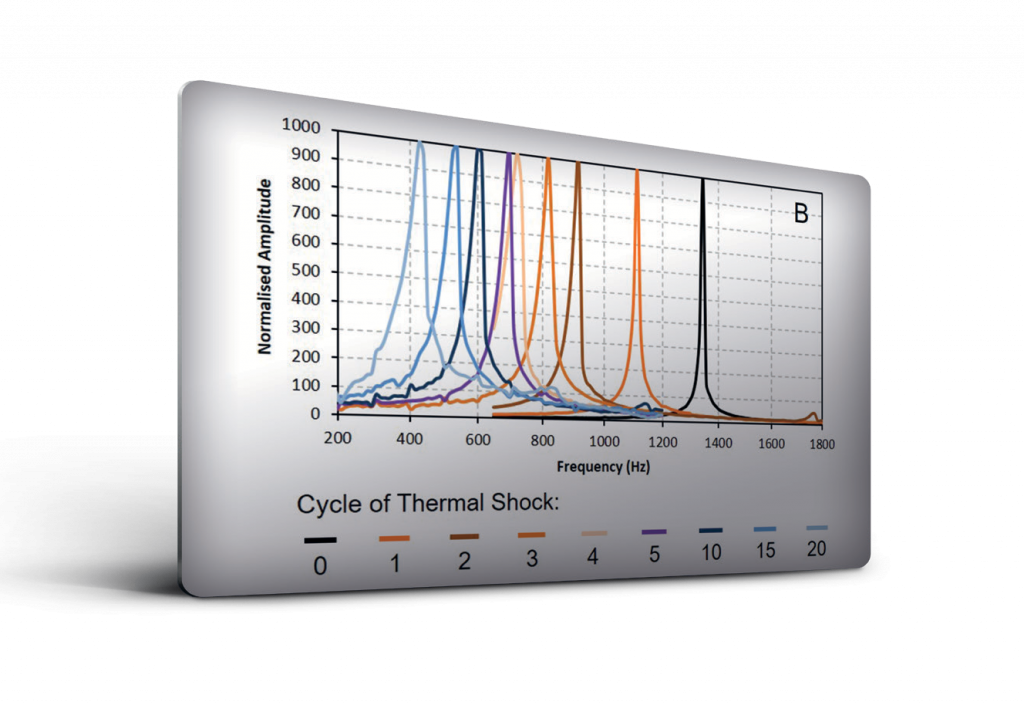 |
| Detection of Micro-Cracks & Porosity
Micro-cracks inside a product are invisible to the naked eye and even under a microscope, but they will have a direct impact on the damping of the resonance vibration. Therefore internal cracking can be characterised using the GrindoSonic MK7 tool.
|
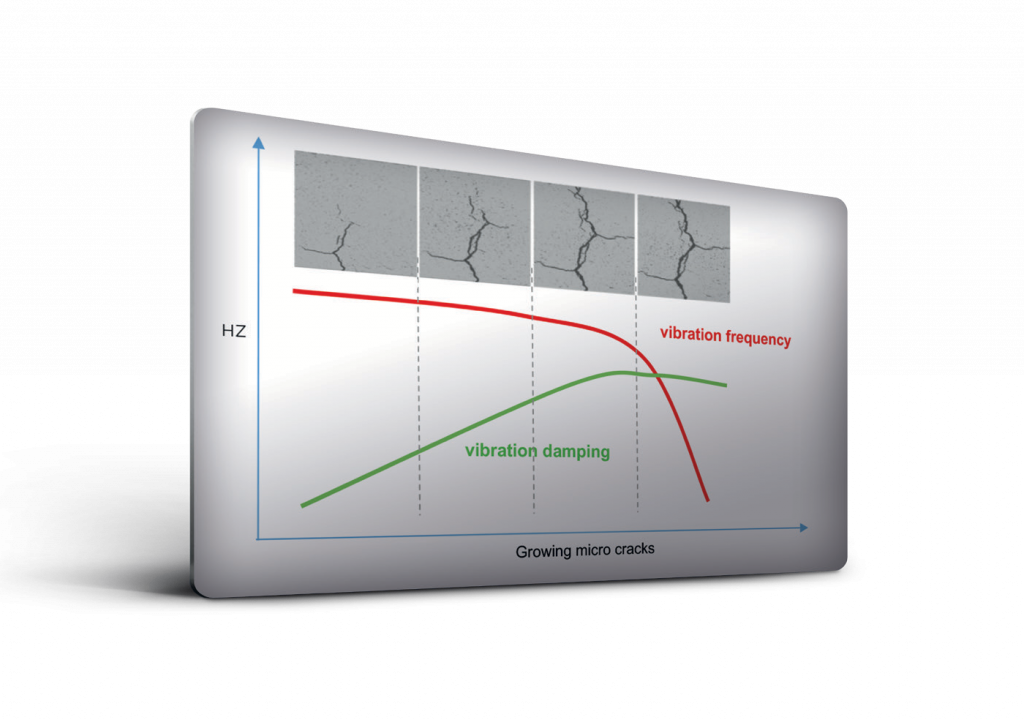 |
| Asymmetry
Symmetric parts like tubes, cylinders or discs can be tested to quantify their asymmetry. Asymmetry is typically caused by geometric instability e.g. ovality, variations in density over the object, presence of internal defects like cracks, voids etc. The distance between two frequency peaks (delta) is a metric for the asymmetry. |
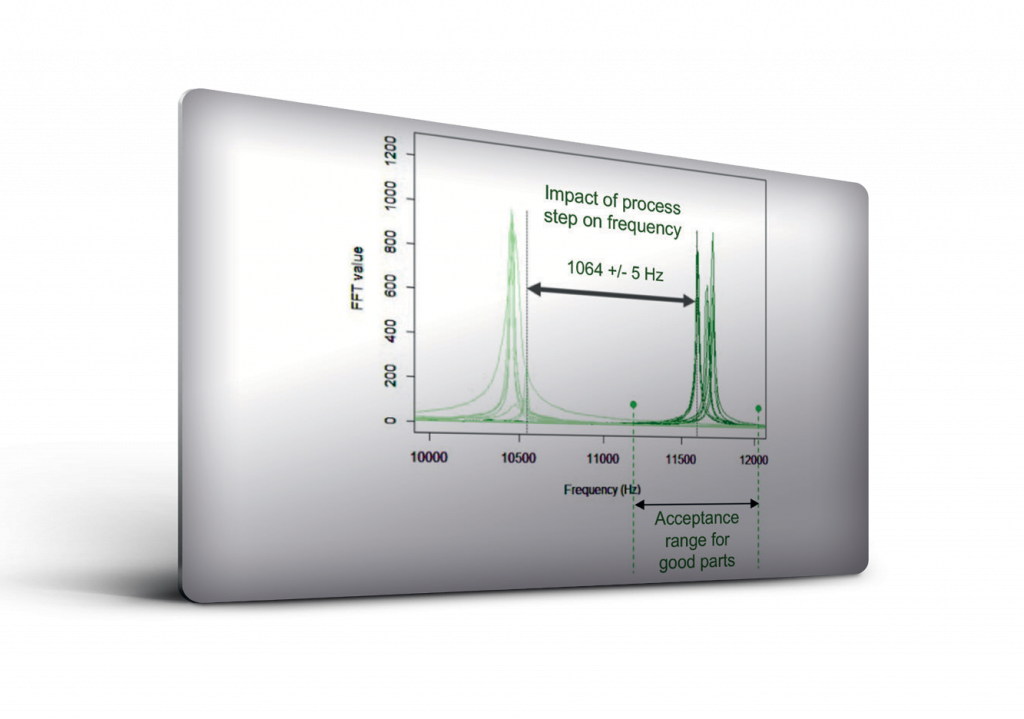 |
| Quality Control
The Impulse Excitation Technique is a fantastic way of quality controlling parts without needing to damage them in any way. When causing a sample to resonate and measuring the frequency and damping the GrindoSonic MK7 is able to fingerprint a part. Therefore if other parts are exactly the same they should produce this exact same fingerprint when tested. Any deviation from this fingerprint indicates something in the part that is different, and therefore a quality control fail. Using this method in quality control is fast, non-destructive and absolutely reproduceable.
|
 |
|
Process Control and Optimisation When finetuning a process, visual inspections or surface testing may not tell us anything about changes to the end product. With the GrindoSonic technique engineers can detect changes to the internal properties of a sample and therefore understand more about changes in material performance. For example, a frequency drop might indicate a change in stiffness, hardness or porosity, whilst an increase in dampening could indicate the presence of cracks. The absence of a frequency all together could indicate a broken particle or internal stress. |
 |
Other lab services available via our partners
We’re here and ready to provide information and answers to your questions
©Mi-Net 2023. All Rights Reserved.
Website by Fifteen.co.uk